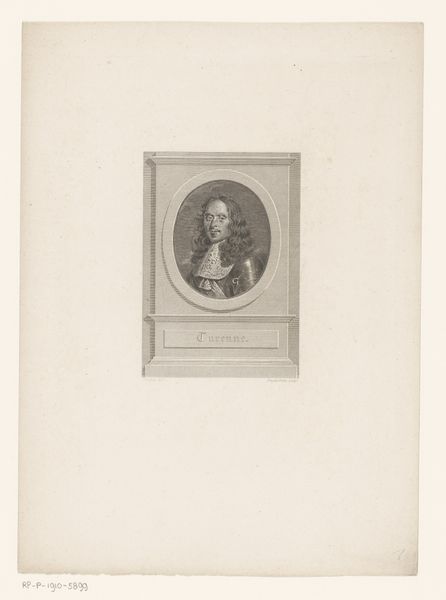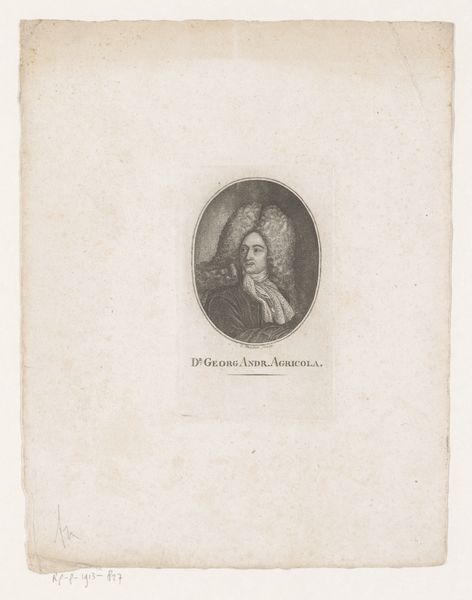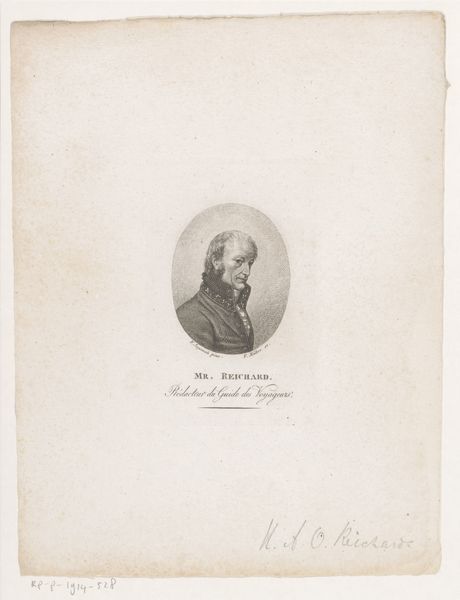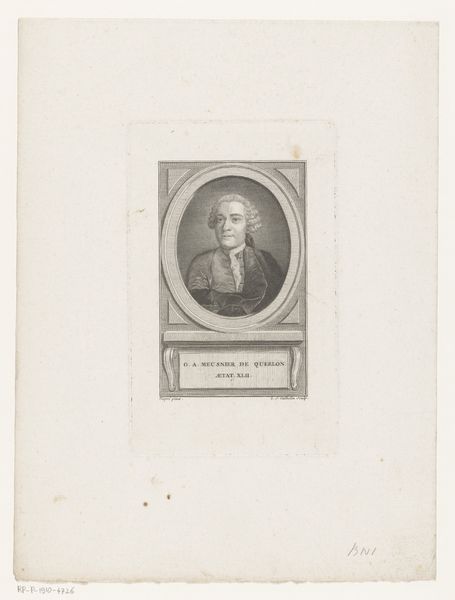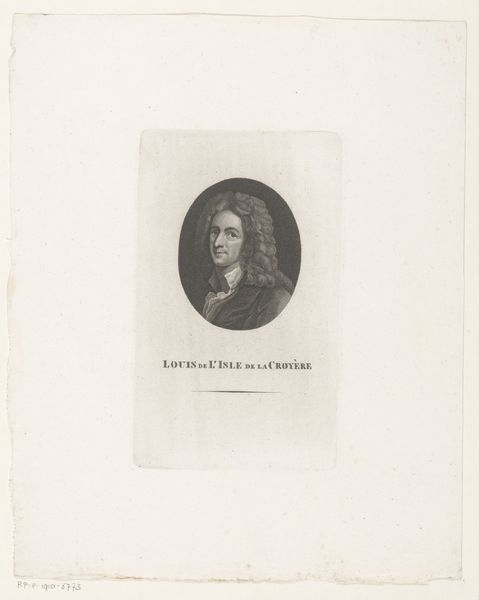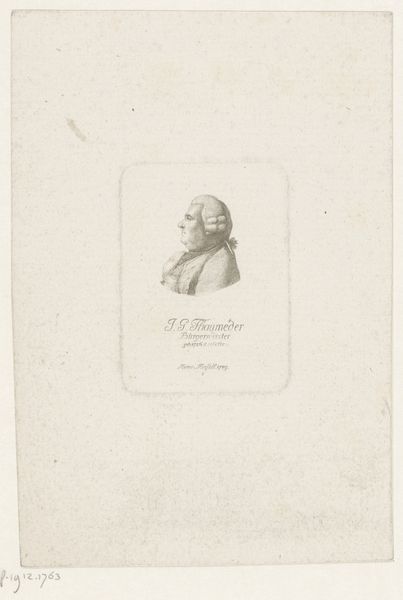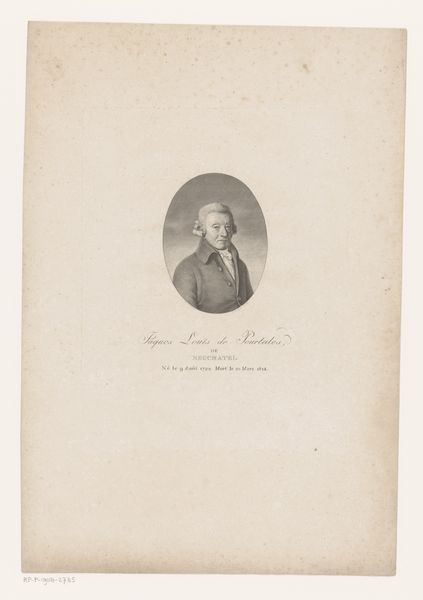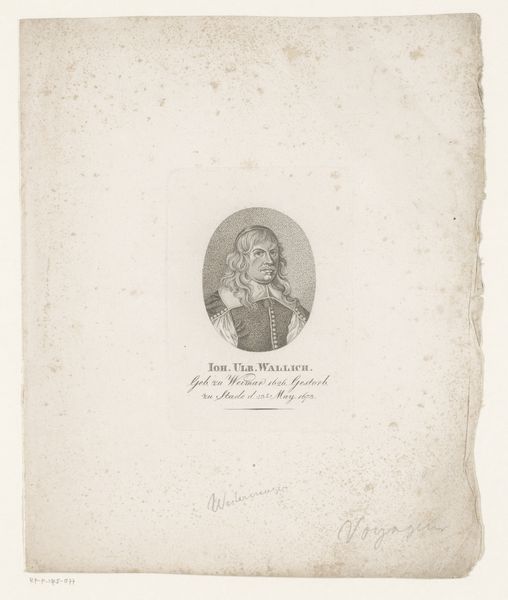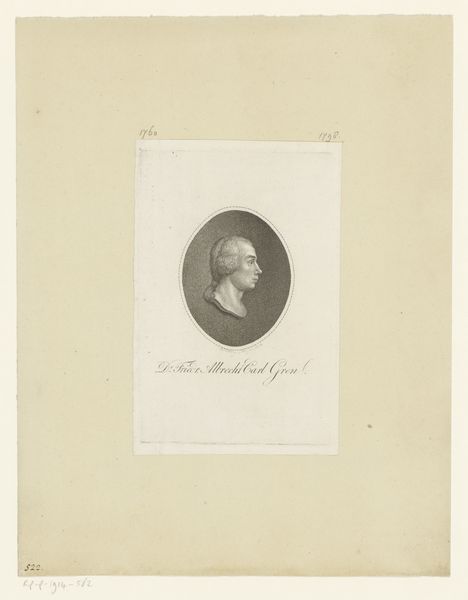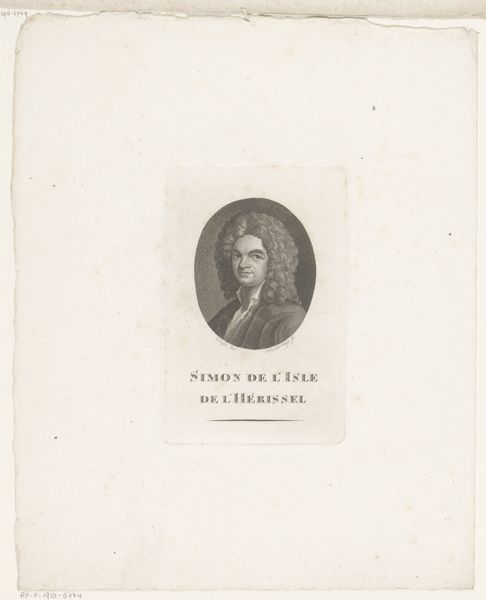
print, engraving
#
portrait
#
neoclacissism
# print
#
old engraving style
#
history-painting
#
engraving
Dimensions: height 140 mm, width 90 mm
Copyright: Rijks Museum: Open Domain
Curator: This engraving presents a portrait of Pope Pius VII, created sometime between 1800 and 1850 by C.A. Burckhardt. It’s part of the Rijksmuseum’s collection and exemplifies Neoclassical aesthetics. Editor: My first impression is one of solemnity. The figure is contained within an oval, which feels almost constricting. He looks as though he is set apart from life, enshrined in the print as someone venerated but somehow, also isolated. Curator: That's a potent observation. The oval format was fashionable, recalling antique cameos, which themselves invoke ideas of classical virtue and stoicism, values particularly pertinent for someone facing the tumultuous Napoleonic era. Editor: Absolutely. I'm intrigued by Pius's hand gesture; the raised fingers feel very deliberate, as if bestowing a silent blessing. What might such a hand signify in terms of religious authority, but also potential political maneuvering during the depicted period? Curator: Well, considering Pius VII’s complex relationship with Napoleon—his initial agreement with him followed by imprisonment—the gesture might convey a layered message. The raised hand and its associated blessing can certainly point toward both spiritual authority and a degree of diplomatic caution. Remember, this image would circulate widely, acting almost as a papal brand. Editor: So, we are witnessing not simply a man, but a carefully crafted icon—the symbolic embodiment of papal resilience. One thing that still troubles me is whether the work is about projecting power, vulnerability, or even, perhaps, compromise, especially given Pius' dealings with secular rulers. Curator: Precisely. And that's the power of visual rhetoric; it encapsulates and perpetuates selective memories. The fine lines of the engraving render his features with clarity, suggesting reason and fortitude but in a subtle manner. It evokes a classical purity amidst complex political times. Editor: Considering the era’s social disruptions and shifting alliances, it certainly invites speculation. These images were designed to shore up faith, consolidate allegiance, but the visual language of the portrait reveals also the subtle stresses present. Curator: And I find the visual language used to portray a man trapped between piety and political expediency utterly compelling, continuing a visual conversation for centuries. Editor: Indeed. Visual memory, etched in ink. It seems his silent benediction asks questions still unanswered today.
Comments
No comments
Be the first to comment and join the conversation on the ultimate creative platform.
